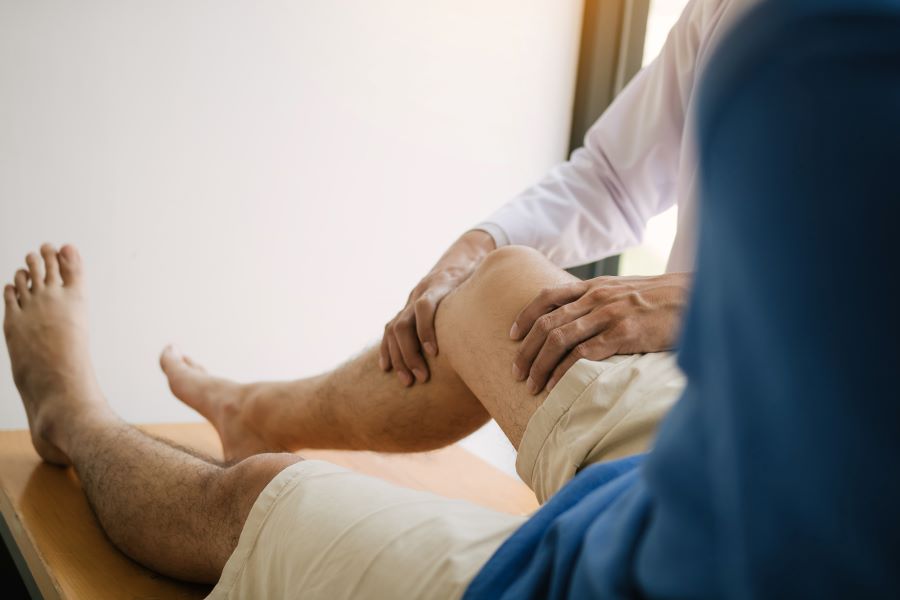MRI can help identify Lyme arthritis in children, avoid unnecessary surgery
In their article “Lyme Arthritis in the Pediatric Knee: Clinical and Magnetic Resonance Imaging Differentiators,” Yen and colleagues examine the usefulness of MRI testing in diagnosing Lyme arthritis in children and adolescents. [1]
Lyme disease presents as brachial plexopathy and meningitis
In this case report, the authors describe a 76-year-old man who was admitted to the hospital several times with escalating severity of symptoms which included arm and neck pain, body aches, headaches and night sweats.
Lyme arthritis symptoms in young child emerge years after tick bite
Symptoms of Lyme disease may not present immediately following a tick bite. As this case report highlights, taking a thorough medical and travel history can be crucial in diagnosing and treating the illness.
Why are doctors reluctant to treat Lyme disease?
It can be extremely challenging for patients to locate a physician who is trained in treating Lyme disease or even, willing to treat the illness. So, why all the reluctance by clinicians?
Are Lyme disease patients at greater risk for developing severe COVID-19?
Cancer, chronic kidney diseases, diabetes mellitus, and hypertension have been associated with severe COVID-19, wrote Ng and colleagues in the journal mBio. [1] Could Lyme disease increase the risk of severe COVID-19?
Prolonged Babesia infection in patient with asplenia
Babesia is an increasingly common tick-borne illness which can be transmitted by the black-legged tick, the same type of tick that carries Lyme disease, Ehrlichia, and Anaplasmosis. Individuals infected with the Babesia parasite can be asymptomatic or may present with malaise, fatigue, fever, headache, chills, sweats, weight loss, and myalgia. The risk of a prolonged infection is increased in patients after splenectomy, as this study highlights.
Illinois clinicians demonstrate gaps in understanding of tick-borne co-infections
A tick bite can lead to an individual contracting Lyme disease and/or another tick-borne illness. Results from a recent survey of clinicians practicing in Illinois found gaps in understanding of Lyme disease and co-infections.
Powassan virus encephalitis contracted during winter months
Most individuals with Powassan virus are asymptomatic but the virus can cause serious complications, penetrating the central nervous system and causing severe encephalitis or meningitis. Investigators explore the case of a 62-year-old man who contracted the virus through a tick bite he received during the winter months, outside normal tick season.
3 benefits of telemedicine for Lyme disease
It can be difficult finding a doctor to recognize and treat Lyme disease. Now with telemedicine, you may be able to consult with a Lyme doctor, who specializes in tick-borne diseases. In a recent study, Trevisan and colleagues describe 3 benefits that telemedicine has had on treating Lyme disease patients.
Can Lyme disease be mistaken for herpes?
Only 1 in 4 Lyme disease rashes present in a Bull’s-eye pattern. In fact, lesions can appear as a flat red rash, a blistering rash, and a rash that resembles cellulitis. Investigators describe a woman with Lyme disease who presented with a rare variant of an erythema migrans (EM) rash, which appeared with a herpetiform center.












